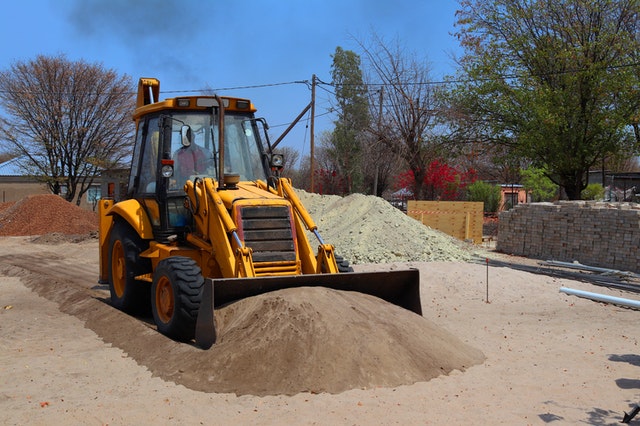Protection of the environment is a great issue of concern for all modern-day professionals. Excavation-related activities during the construction of a building often have a negative impact on the environment. This creates the need for increased awareness on how to minimize the negative effects of such activities.
Therefore, general contractors need to be familiar with the basics of good environmental practices for excavation-related activities. Here are a few ways through which a general contractor can ensure minimal damage to the environment as a result of excavation.
- Reducing The Production Of Dust
Excavation in Sydney and other parts of world can pollute the environment through the release of dust particles into the atmosphere. Production of dust during excavation can be minimized by ‘damping down’. This refers to the process of applying a fine spray of water to the soil before commencing site excavation.
It is important for general contractors to know that they may be forced to use chemical additives to achieve the same effect on construction sites where repeated application of water may not be environmentally acceptable. Magnesium chloride is a good example of a chemical additive that can be used in such a situation.
- Dealing With Harmful Emissions and Odors
General contractors also need to prevent air pollution that may result from the production of harmful emissions and odors. These emissions often emanate from the use of poorly maintained excavation equipment, site toilets, and fire outbreaks on-site.
Reducing the production of harmful emissions, therefore, requires a general contractor to ensure that they use properly maintained and serviced excavation equipment. This is especially important for contractors who hire such equipment from an excavator hire or equipment rental agency. Contractors should also ensure that site toilets are positioned as far as possible from public areas.
- Re-Use Of Excavated Soil And Rock From The Site

Re-using excavated soil and rock from a construction site is one of the best ways to reduce the negative impact of excavation. Excavated materials can be put to alternative use on-site or off-site. Excavated soil and rock can be re-used in the construction of driveways within the building site. It is cheaper to re-use excavated soil on-site because there are no costs to be incurred for the transportation of the soil.
Similarly, the excavated materials can also be re-used off-site on major infrastructure projects such as road construction. Re-using excavated soil and rock off-site is an especially good idea for general contractors who are handling multiple projects at the same time.
Re-using excavated soil and rock helps to reduce the environmental impact by reducing the likelihood of surface run-off in the event of heavy rains. Lastly, it is imperative for a contractor to ensure that chemical waste materials and fuels that have the potential to cause fire are well secured.
Excavation in archeology?
Excavation, in archaeology, is the exposure, recording, and recovery of buried material remains. In a sense, excavation is the surgical aspect of archaeology: it is surgery of the buried landscape and is carried out with all the skilled craftsmanship.
Excavations can be classified, from the point of view of their purpose, as planned, rescue, or accidental. Most important excavations are the result of a prepared plan—that is to say, their purpose is to locate buried evidence about an archaeological site.
All forms of archaeological excavation, from design to execution, require great skill and careful preparation. Years of training in the field, first as an ordinary digger, then as a site supervisor, with spells of work as recorder, surveyor, and photographer, are required before anyone can organize and direct an excavation.
